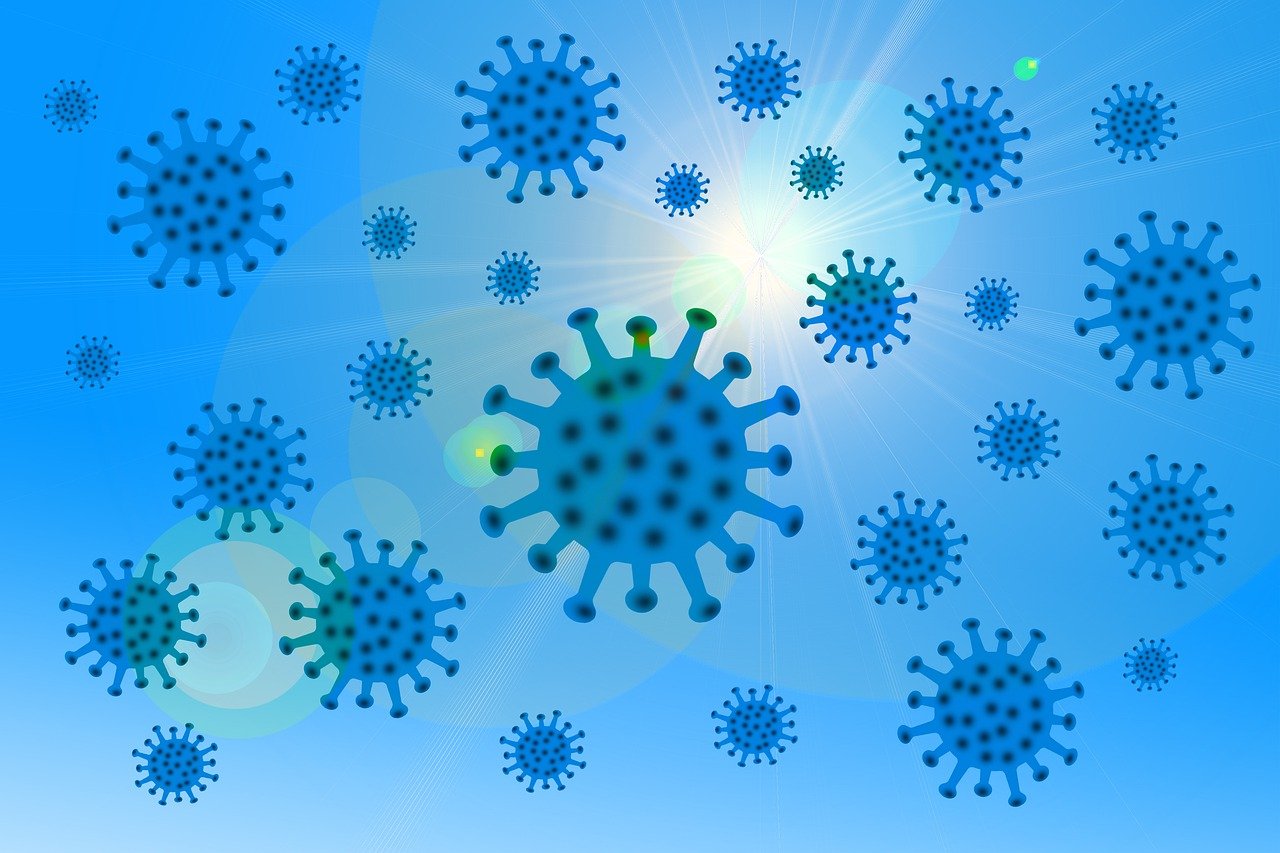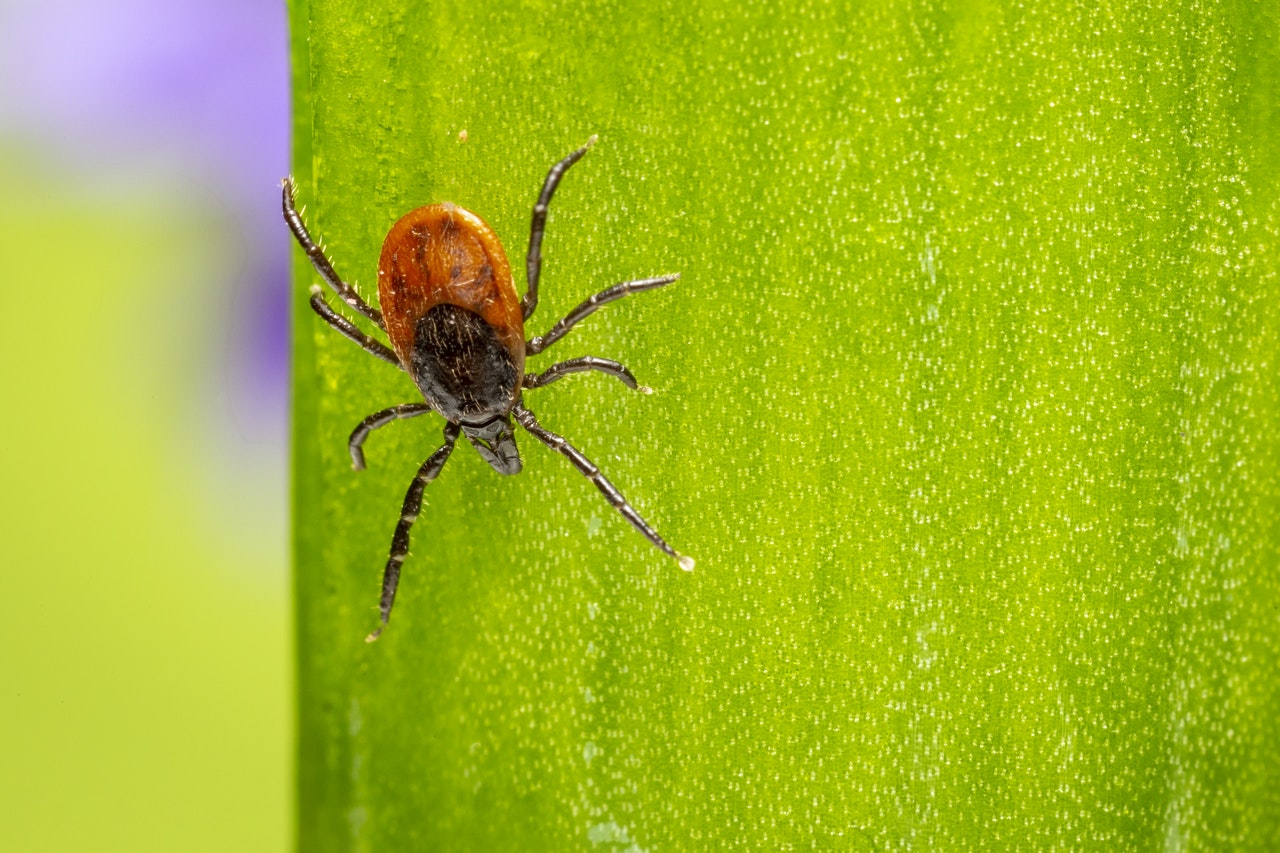A youngster who visited Ecuador got a “substance eating,” parasitic sickness which made a gigantic ulcer structure on the back of his hand.
The ulcer, on the right hand of the mysterious 19-year-old, got more prominent and more noteworthy over a period of a fourth of a year, according to a logical examination disseminated in the New England Journal of Medicine. A couple of sensitive handles had in like manner made under the skin of his right lower arm and elbow, his essential consideration doctors explained in the journal.
The youngster visited a dermatology office in the city of Saint Paul, Minnesota, to get his hand took a gander at. Masters learned he had gone to Ecuador and tackled a characteristic produce farm for five months before visiting them.
The ulcer assessed creeps in separation crosswise over and was “fragile with a firm edge.” A biopsy showed it was spoiled with the Leishmania panamensis parasite.
The patient was resolved to have Leishmaniasis disease, which is found in some tropical and subtropical areas, similarly as parts of southern Europe. The parasite is spread by the eat of phlebotomine sand flies, which are around a fourth of the size of mosquitoes, all things considered.
Cutaneous leishmaniasis that impacts the skin—as found for this circumstance—is among the most broadly perceived structures. Signs recall at any rate one injuries for the skin, which can change in size and appearance, and change into ulcers.
The condition is classed as an overlooked tropical illness, the umbrella term for parasitic and bacterial afflictions that “cause noteworthy infirmity for more than one billion people extensively,” according to the U.S. Networks for Disease Control and Prevention.
“Impacting the world’s most deplorable people, NTDs cripple physical and mental improvement, add to mother and child infirmity and passing, make it difficult to develop or win a living, and cutoff benefit in the workplace. In like manner, NTDs trap the poor in a cycle of poverty and infirmity,” the CDC explains on its site.
The CDC communicates its difficult to follow occurrences of the illness, yet there are accepted to be around 700,000 to at any rate 1.2 million new examples of cutaneous leishmaniasis consistently.
The condition is sometimes delineated as “substance eating,” in spite of the way that the parasite doesn’t eat the tissue, yet rather hurts the tissue.
The patient was supported with drugs, which repaired the ulcer following 10 days, deserting a scar. The number and size of the handles were in like manner “were particularly diminished,” his essential consideration doctors made.
Jonathan Alpern of Health Partners Travel and Tropical Medicine Center and Alexia Knapp of its Department of Dermatology told Newsweek there was a delay in diagnosing and treating the patient.
In spite of the way that it was a standard presentation of the ailment, leishmaniasis affecting the skin isn’t normally found in the U.S., “and the ailment was not immediately seen.”
The pair included masters should think about this “noteworthy explanation behind skin wounds in explorers returning from endemic areas, including passing pioneers.”
“Progressing data recommends that tremendous risk exists in any occasion, when the presentation time allotment is under around fourteen days,” they said.


